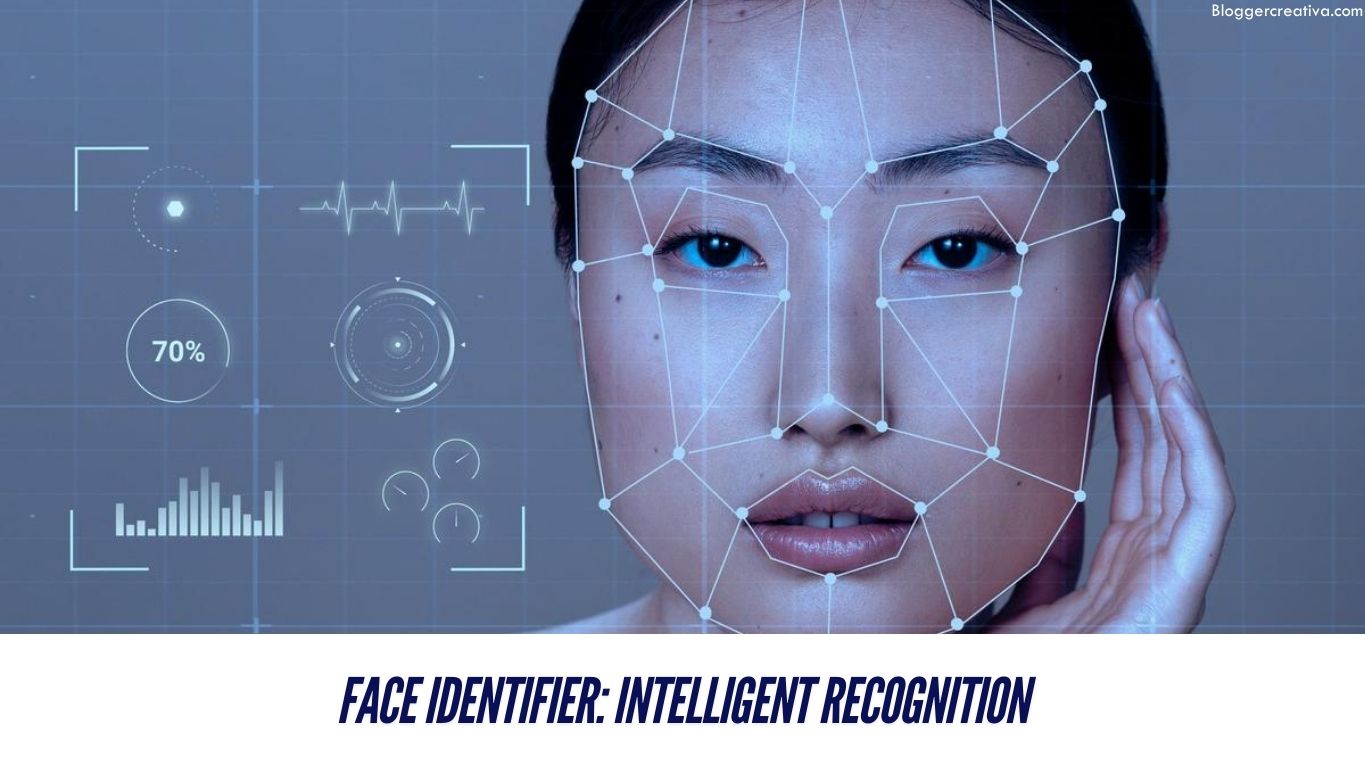Introduction to Face identifier
The demand for safe and efficient identification systems has reached a peak in this digital age. Technologies in face recognition have thus revolutionized this industry while paving the way to innumerable applications in security systems for personalized user experiences. Face identifier is advanced face identification technology. State-of-the-art algorithms use it for better accuracy and performance in recognizing people from pictures or video feeds.
The importance of intelligent recognition is that it can automate the identification process, thereby reducing human error and improving the speed of identification. This technology is not just a convenience; it’s becoming a cornerstone of security, marketing, and social engagement.
How Face Identifier Works
A face identifier uses complex algorithms that read facial features and then create a unique biometric signature for each individual. Below is a summary of the key components that make this face matcher work so well:
Algorithms Behind Face Recognition
Deep learning algorithms, particularly the CNNs, form the very core of the Face identifier. CNNs are really quite excellent in visual data processing. Large datasets of heterogeneous images allow the system to be trained on distinguishing the face and distinguishing the human faces, primarily on characteristic features such as the distance between eyes, the shape of the nose, and the contours of the jawline.
Data Processing and Machine Learning
After capturing an image, the system processes the information it acquired from facial feature extraction, wherein it identifies and retrieves the features of the captured image. The system compares the retrieved features with existing ones within its database, aided by its face checker function. The whole process of facial feature extraction is where visual data becomes converted into a numerical version that can be processed and interpreted by the system. Therefore, face ID lookup pertains to comparing the numerical version in real time with existing profiles.
Applications of Face Identifiers
Face identifiers are highly adaptable to all sectors. These are some of the biggest uses:
Security and Surveillance
The most significant usage of face identifiers is through security systems. Face recognition capabilities make it possible to use surveillance cameras in very busy places to identify those passing through, hence tightening up security in public facilities, airports, and arenas. It is easier and faster for law enforcement agencies to take action when threats have already been identified.
Social media apps employ facial recognition to self-tag the users in a picture automatically improving their user interactions and engagement. It thereby makes online facial recognition quite easy for easy identification of friends and acquaintances. This makes sharing on social media rather easier and more convenient.
Businesses use face recognition to gain insights into the demographics and preferences of their customers. In the retail sector, companies use face identification to target specific marketing programs based on the identified customer’s age, gender, and even mood, which improves customer interaction and sales.
Benefits of Using Face Identifier
A face identifier has many benefits, which make it useful in many applications:
Improved Accuracy and Efficiency
This makes the face identifier more accurate than any other traditional method. In addition, it enables it to identify much faster than any other process and, therefore, does well in places where the responses required are fast.
Real-Time Processing
In this sense, a face identifier basically refers to a device giving input on real-time processing. In security systems, and even in customer services applications, instant identification allows businesses to make quick decisions and thus operate better operations.
Improved User Engagement
With face recognition technology integrated into the user experience, businesses can offer a more personalized interaction. For instance, in customer service, agents can immediately access the information of a customer who has been identified, leading to improved service quality and satisfaction.
Privacy and Ethical Considerations
Face recognition, like any other technology, raises important questions about privacy and ethics. The following are some data security measures:
The data is highly sensitive, thus requiring strong security. Face identifier uses encryption and secure storage solutions to protect the user’s data from unauthorized access and breaches.
Mitigating Bias and Ensuring Fairness
Bias, which remains the most common problem faced with face recognition technology, causes misrecognition and bias. The algorithm at Face Identifier Online improves perpetually, ensuring complete fairness for an end-user who benefits from drastically lessened bias within all other demographics and receives equable performance in comparison.
Navigation of the regulatory landscape will be key for any face recognition technology. Face identifier ensure compliance with local and international laws relating to data protection and privacy, ensuring proper use of face identification technology.
Future Trends in Face Recognition
Face recognition is a developing field. The following are future trends:
Advances in AI and Machine Learning
With artificial intelligence advancing, so will face recognition systems, such as face identifiers. More effective algorithms will enable perfect performance under low-lighting or obstructed views and dangerous conditions.
Emerging Applications and Technologies
In addition to security and social media, face recognition may find applications in other places, like healthcare, where it can identify patients and their health situations. Innovations may incorporate AR and VR platform integration to create immersive experiences.
Challenges on the Horizon
With all these promising features, face recognition technology is still going to face challenges. Public perception and regulatory scrutiny will prove the most challenging.
Innovative growth, therefore, will have to be balanced with ethical considerations for face recognition applications to thrive sustainably.
Conclusion
Face identifiers are one of the most important advancements in face identification technology. It has many applications, such as improving security, customer experience, and business value. However, with technological advancements, privacy and ethical considerations will always be important
In summary, the future of intelligent recognition technology is bright, and further advancements are likely to increase its scope and capabilities. By embracing responsible practices, Face identifiers can revolutionize how we identify and interact with the world around us.
Visit Blogger Creativa for more informative news.
